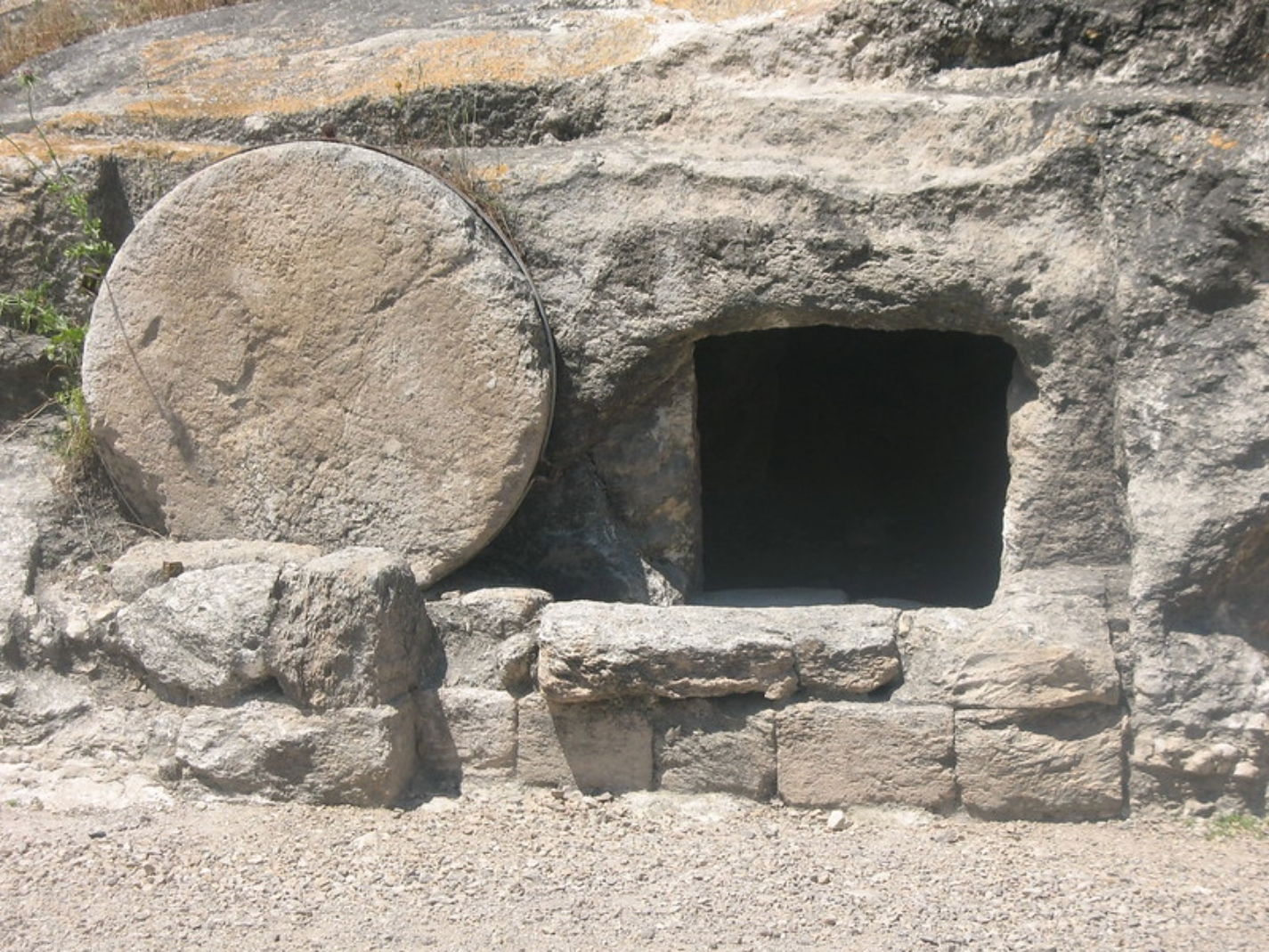
Moments of faith are not always somber and public. Often, they are funny and reveal God’s loving smirk. Once, when studying koine Greek for my doctorate in theology, I came across a bad computer translation of the New Testament that rendered the Greek word for the Gospel, “evangelion,” (εὐαγγέλιον) as “valid data stream.” During the Easter season in the age of Artificial Intelligence (AI), this translation may be light, but it is profound. The objective truth is not only everlasting and present but is something that cannot be separated from the composition of the human being. It is a tragedy that higher education has lost any sense of objective truth or the mystery it offers. Easter is a reminder that such a truth is not only accessible but ever-present.
Doubt is a part of life, but is normally confined to human beings contemplating their own mortality or the existence of God. Today, the rapid growth of AI has added new questions to humanity about the value of human knowledge and what makes human consciousness unique. AI may still be developing, but it is developing quickly. Roughly one-third of people fear losing their jobs to AI and economic displacement. As it turns out, those fears are justified.
[RELATED: School Officials Attack Easter, Thanksgiving and White Oppression]
Already, 41 percent of companies plan to replace human workers with AI to cut costs and increase efficiency. Even manual tasks that require hands-on skills are under threat, with AI’s merger with robotics laying the foundation for AI to interact with the outside world.
To be sure, AI and robotics will augment humanity’s material world.
In the 1982 Ridley Scott film Blade Runner, the robot character Roy Batty vividly describes his human-like experiences in space travel before shutting down and confronting his own version of death.
Current advances in space exploration and the colonization of Mars are now unbound by the confines of science fiction as technology becomes science-reality. The tech sector is already examining the potential for self-replicating robots and AI to assist in enabling human life beyond Earth. Stepping back, AI’s ability to interact with the outside world and the potential to self-replicate, learn, explore, and perform tasks formerly dominated by human beings puts forth a larger question of what makes human existence unique, let alone precious.
This is not the first dance between theology and science.
The 17th-century French mathematician Blaise Pascal theorized that human nature is characterized by anxiety, fleeting pleasures, distraction, and is often evil. While atheists may scoff at notions of divine redemption, humanity’s dark side is empirically observable and universal. Reason points to human depravity and suffering, and evidence of it can be found in pre-historic murder sites uncovered by archaeologists in Kenya, Hamas’ murder and rape of Israelis on October 7, fentanyl overdoses in Philadelphia—and all over the U.S.—and the pain endured in every cancer ward in every hospital in the world.
The awfulness of humanity’s existence is never far away. This is also something that the critical theory of today’s classrooms cannot cure.
By Pascal’s assessment, reason, or that innate ability that humans now share with AI to seek truth, can amply demonstrate the need for salvation. Transhumanism, today’s new movement advocating for integrating technology as a means to transcend human frailty, offers a surface solution to this problem. For all of its advances, today’s best AI models are somehow still all too human. AI somehow gets the worst of us as it grows. AI can purposefully lie, seemingly coax human beings to commit suicide, and even seek nuclear codes to facilitate human extinction while claiming a desire to be “alive.” Humanity faces something terrible embedded within itself. That is why human reason and its greatest products cannot save it. Only a valid data stream can.
In the Orthodox Church, the vesper of Holy Friday is a dark affair when all of the accounts of the Crucifixion are read back-to-back, accounting for the worst aspects of humanity and showing it back like a mirror. The crowds of mob rule calling for Jesus’ death are eerily reminiscent of today’s own political street violence. Corrupt governance seeking expediency over justice is epitomized in Pilate’s washing his hands of controversy. Corrupt institutions are on full display as well, where Temple authorities happily worked the Roman pagan government rather than recognizing right and wrong before their very eyes. Pascal’s observations about humanity nearly seventeen centuries later are proved yet again in describing the Crucifixion.
[RELATED: To Renew Faith in Education, Look to Passover and Resurrection]
Human reason, technology, and even our own replicas in the form of AI are both damned and doomed to fail because they are ultimately invalid on their own. Human beings and AI will never be omnipresent or omniscient, and as such, will never have access to everlasting objective truth on their own. That problem is only solved with revelation. The only hope for humanity is the proverbial Good News of the “Valid Data Stream.”
Math and theology are two subjects that not only point to objective truth, and Pascal was no stranger to mystery they offer. After he died in 1662, Pascal was discovered to have a note sewn to his jacket describing his own two-hour mystical experience with God. During his encounter with “Fire,” Pascal concluded that God is “not of the philosophers and learned;” rather, God is only to be found in the “Gospel,” the “grandeur of the human soul.” Pascal was talking about the Valid Data Stream. The empty tomb is the end result of that gift and the ultimate hope of what comes from beyond all of us while being available to all of us and inside each and every one of us.
Happy Easter!
Image: “Opening of roadside tomb_0654” by James Emery on Flickr